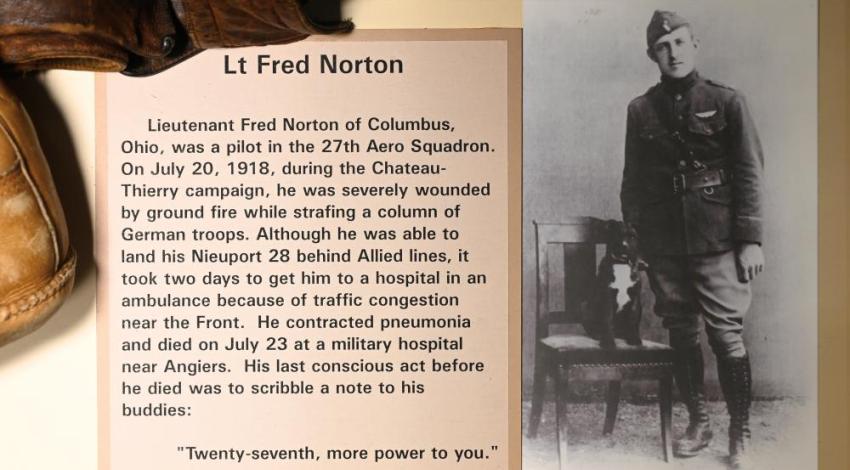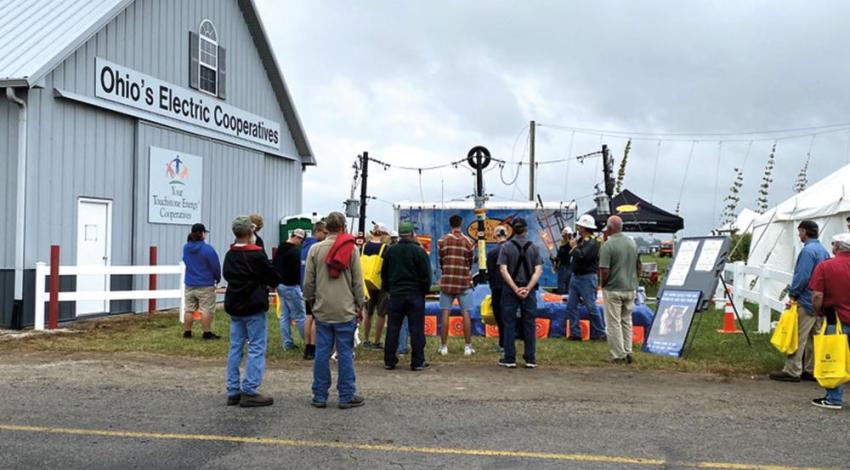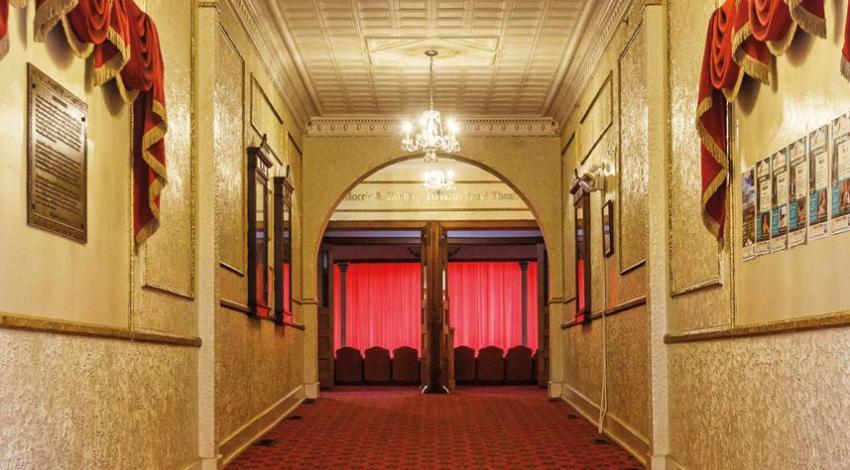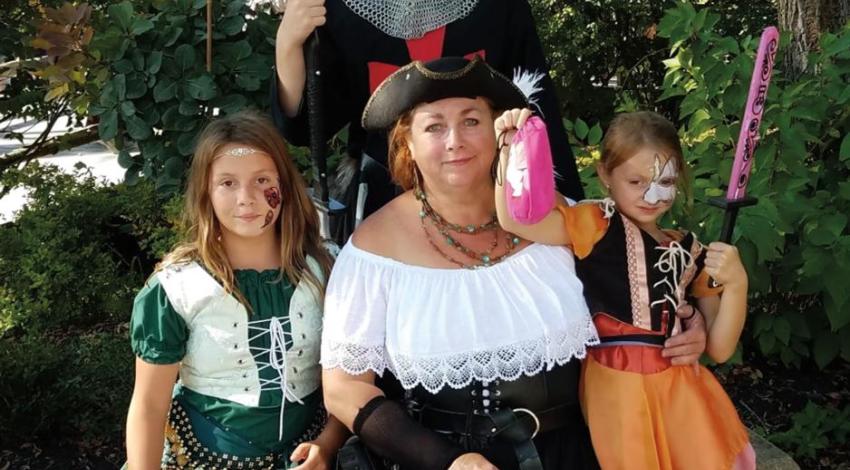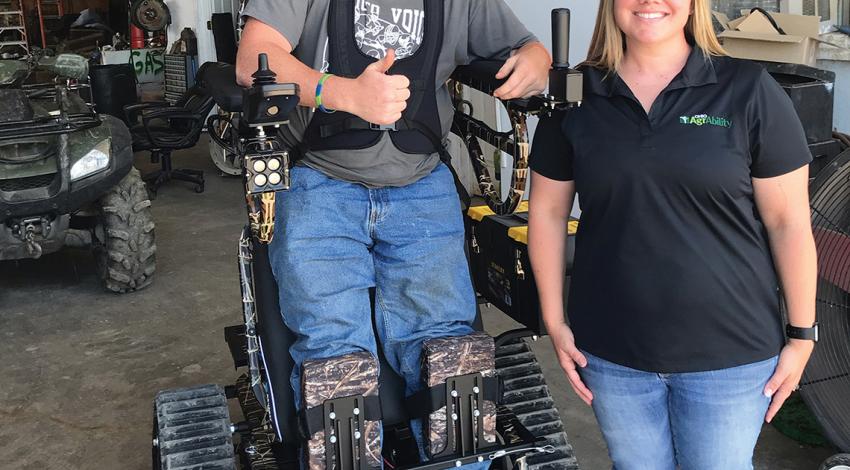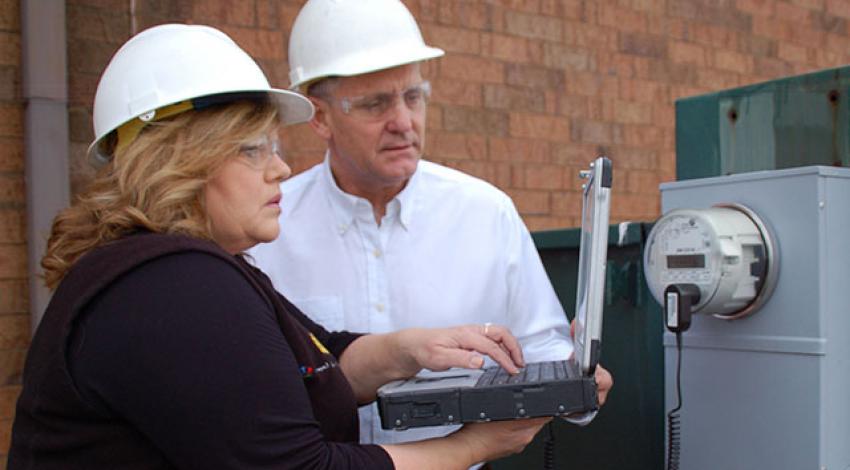We all take a trip down memory lane once in a while, reminiscing about special times and meaningful life events.
That experience helped her realize two things: first, that she proudly came from a long line of strong, influential women; second, how important it was to engage with her grandmother, listen to her story, and record her family history before it was lost forever. “Listening is good for all of us,” Sanders says. “When they tell their story, it gives them purpose. There’s a reason they’re here.”
Two weeks before he graduated from Lakeside High School in May 1912, Fred William Norton competed in the inaugural Ottawa County track meet.
Most kids of the day ended schooling and began working full-time after eighth grade. But Norton took a different path. He entered Lakeside High School (now Danbury High) in 1908. Along with track, he also competed in football, baseball, and basketball, and he carried a 4.0 academic average all four years there.
According to the Lakeside Heritage Society, he also worked for a local railroad, operating a locomotive and cleaning and repairing buildings and equipment. He often clocked 10-hour days, six days a week.
It’s not unusual for the crew of lineworkers from Lancaster-based South Central Power Company to hang around and make small talk with attendees after they’ve finished their hourly live-wire safety demonstrations at the annual
“Our guys are really good about making sure they answer everyone’s questions, and they’ll stick around as long as they need to,” says Candi Fisher, member engagement coordinator at South Central Power, who coordinates the mobile safety demonstrations for the co-op. “They could tell this older gentleman wanted to talk to them and so they went over to say hello.”
“You saved my life,” the man said.
“That’s not something you hear every day,” Fisher says. “But he was very insistent. He made a special trip there that day to thank the guys who had saved his life.”
When Lora Lynn Snow first saw the inside of the Ariel Opera House in 1987, the first thing she noticed, of course, was the quarter-century’s worth of bird droppings that coated just about everything.
Today, thanks to that love affair — and a lot of hard work — Gallipolis (population 3,300) is home to one of the most distinctive, if unlikely, symphonies in the country. The Ohio Valley Symphony, replete with tubas, French horns, cellos, bass violins, flutes, harps, trumpets, oboes, clarinets, bassoons, and more, begins its 34th season of performance at the Ariel this month.
The hills that hem in this tiny Ohio River town on the southern tip of the state are truly alive with the sound of music.
It took more than 6,000 years for the last ice sheet, the Wisconsin Glacier, to spread across what is now Lake Erie and Ohio, at an average rate of about 160 feet per year.
“Even into medieval times, bogs and fens remained mystical and frightening places,” says Denny, a member of Mount Gilead-based Consolidated Cooperative. “Fueling some of those fears was a natural phenomenon known as ‘will-o’-the-wisp’ or ‘jack-o’-lantern’ — a mysterious, flickering light often observed hovering and moving around at night within bogs, swamps, and marshes.
Peggy Kelly first attended the Ohio Renaissance Festival about 15 years ago.
The festival lasts eight to nine weeks, and Kelly, who is a season passholder, says she’ll typically attend six to eight times during that period. She attends often enough that she says her husband knows exactly where she’s headed if she gets up early — and that she’ll be gone for most of the day.

